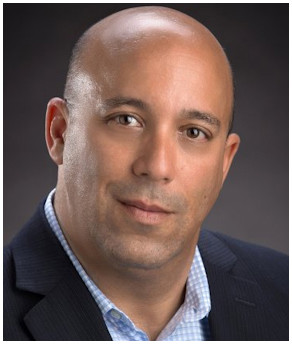Improve Medication Management for Patient Safety

In a world where we can monitor how many steps we take or calories we consume, as well as the location of our children and even the speed at which they drive, it would seem that a carefully monitored and safe system for administering anesthesia would exist.
Not so.
In anarticle in the October edition of Outpatient Surgery, Joyce Wahr, MD describes a recent observational study that found an error rate of 5.3 percent in all anesthesia administrations. That means that one in 20 patients did not receive proper medication. What’s more telling is that 80 percent of these errors were deemed preventable. There was some conjecture in the article that the “lone wolf” nature of anesthesiology may contribute these errors, as anesthesiologists are responsible for entire process of medication administration – from deciding on the medication and its dosage, to giving the medication, to monitoring it effects on the patient.
As a result of these findings, Dr Wahr, the vice chair of quality and safety in the department of anesthesiology and executive director of perioperative domain at M Health Fairview and the University of Minnesota in Minneapolis, conducted a review of the research and compiled 35 recommendations for better management of medication in the operating room. Following these recommendations would pave the way for surgical facilities to “assess and correct vulnerabilities.”
We at The Eisen Law Firm strongly believe that if there are ways to eliminate errors and keep patients safe, then healthcare institutions and professionals should make it a priority to adopt these recommendations. Many of them reflect the need for strong communication, attention to detail, and putting the patient first.
Five Steps to Safer Medication Administration
-
Accurate Patient Information
Health care providers must acquire as much information as possible about a patient’s medications and condition. This information must be recorded in a standardized format in a central location, one that all health care providers can access quickly. Anesthesiologists need to familiarize themselves with patient medications and conditions in order to make good decisions about the type and quantity of medications they will use.
At The Eisen Law Firm, we have represented several families whose loved ones either were seriously injured or died because an anesthesiologist failed to pay attention to the medications the patient was on prior to surgery. Most anesthesiologists are very good at doing a thorough pre-anesthesia assessment, but “most” isn’t good enough, not when the consequences of failing to conduct such an assessment can be devastating.
-
A Change in Culture
Sometimes, the fear of being blamed and punished may prevent health care providers from reporting errors. This is especially true in situations where a nurse or surgical assistant are afraid to report errors made by a physician.
When a culture of fear pervades a surgical team, it is the patients who suffer the most. Every institution should have clear mechanisms in place to report errors without fear of retribution or punishment. The focus should be on patient safety and quality improvement, rather than blame and retribution. This typically leads to the generation of useful solutions and fewer future mistakes. A culture that emphasizes patient safety first generally results in fewer serious medical mistakes.
-
Pharmacy Assistance
Pharmacists need to be looped in with the surgical team in order to provide the best care to patients. In fact, they should be in charge of the “entire medication flow.” This includes being responsible for letting other team members know if there is a change in medication they supply. Along these lines, pharmacists should prepare syringes or provide pre-filled syringes for use by the anesthesia team.
-
Smart Storage
Here’s where clear communication is essential. With so many lookalike and soundalike drugs, careful labeling, arranging, and storing of medications must be a priority for health care providers. Along these lines, there should be a thoughtful, standardized method for medication trays at all anaesthetizing locations.
-
Clear Identification
While barcode medication scanning has been found to reduce errors, it is not readily available. Where barcoding is not available, every medication should be carefully and clearly labeled with the name, the date, and the concentration of the medication. Syringes also need to be labeled carefully. Members of the surgical team should verify the medications that get passed into the sterile field, and all of this information needs to be accurately recorded in the patient’s chart.
Many of these recommendations are akin to organizing a closet or a desk; the key difference is that a messy closet or desk may complicate your life, but it won’t lead to a medical emergency. Even Dr. Wahr admits that “once we recognize how patients are vulnerable to medication error, we should all be willing to improve our practices.” We at The Eisen Law Firm wholeheartedly agree.
It is worth mentioning that although there are still too many unnecessary anesthesiology mistakes, the field of anesthesiology has done a good job overall of reducing errors and standardizing procedures. Years ago, there were many more preventable anesthesiology errors than there are today. That’s good. But, as the study above indicates, there remains plenty of work to be done.
In the meantime, if you or someone you love is concerned about the care they received while receiving anesthesia or at any other time during a medical or hospital interaction, The Eisen Law Firm can help. Call our experienced Cleveland malpractice lawyers to discuss your options for legal recourse and for obtaining the compensation you deserve. To schedule your free consultation, call 216-287-0900 or contact us online today.




